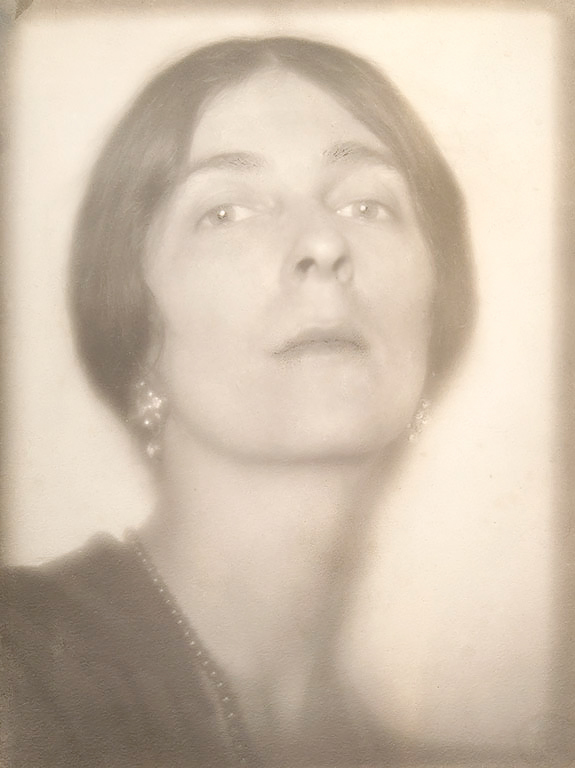Margaret Watkins (1884-1969) was born in Canada. Best known for art and advertising photography executed in New York in the 1920s, Watkins was active in the Clarence White school of photography and a participant in the shift from pictorialism to modernism. Her working life spanned a Victorian upbringing in Hamilton, Ontario, and the witnessing of the first Soviet Five-Year Plan. Watkins' modernism, which involved experimentation and a radical focus on form, transgressed boundaries of conventional, high-art subject matter. Her focus was daily life and her photographs, whether an exploration of the objects in her New York kitchen or the public and industrial spaces of Glasgow, Paris, Cologne, Moscow, and Leningrad in the 1930s, strike a balance between abstraction and an evocation of the everyday, offering a unique gendered perspective on modernism and modernity.
Watkins established a studio in Greenwich Village and in 1920 she accepted the position of editor of the annual publication Pictorial Photography in America. Clarence White asked Watkins to join the faculty of his school, where Watkins met other notable photographers, including Alfred Stieglitz and Paul Strand. She worked for Macy's department stores and for the J. Walter Thompson advertising agency, capturing simple domestic objects with a clarity of modernist vision rare in commercial photography at the time. Her landscapes, portraits, nudes, still lifes, and abstractions received praise and attracted controversy. Exhibitions were held in the United States and in Europe.
In 1928, Watkins decided to visit her four elderly aunts in Glasgow, Scotland. She traveled throughout Europe, photographing extensively and producing a body of work documenting post-revolution Russia. Her aunts began to take ill, and Watkins remained in Glasgow to help care for them. She drifted from the spotlight of public recognition, and few photographs or negatives exist from this time. Watkins lived in Scotland in seclusion until her death in 1969.
Selected Books on

